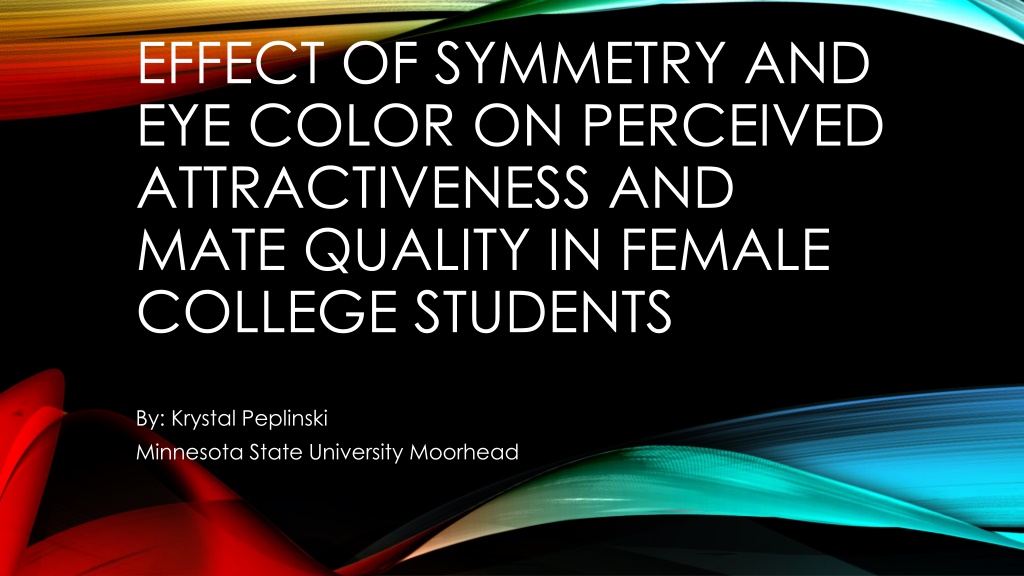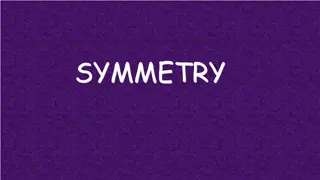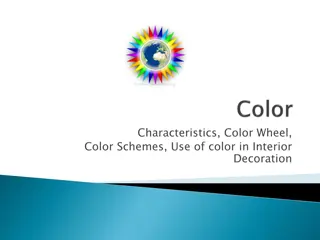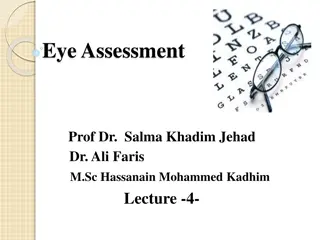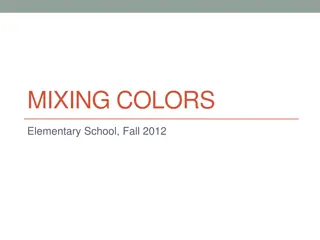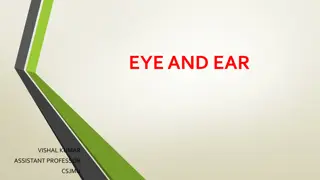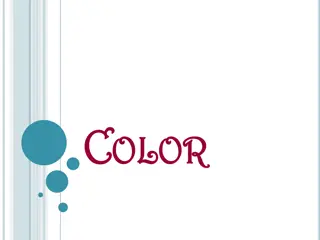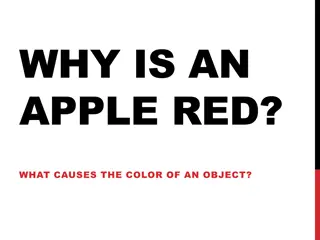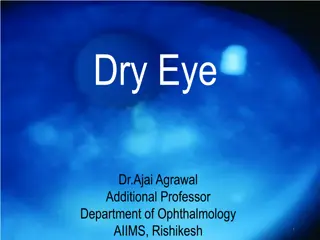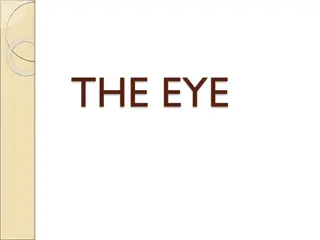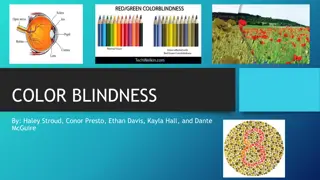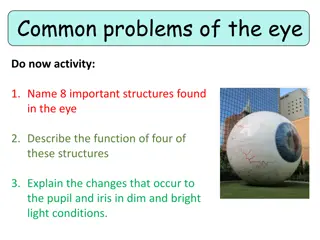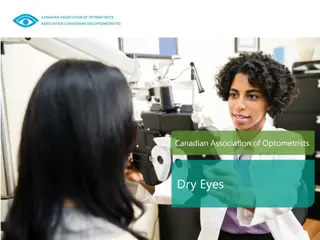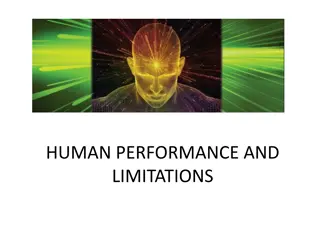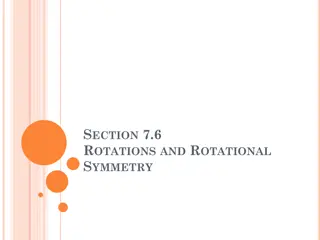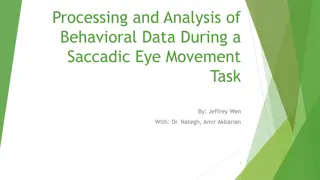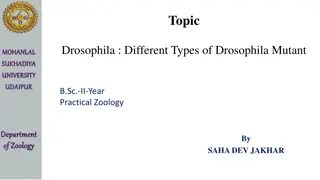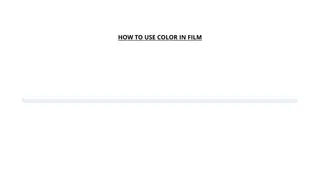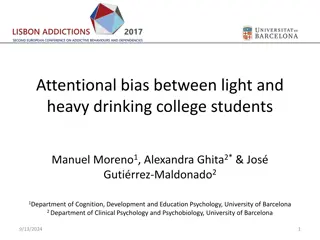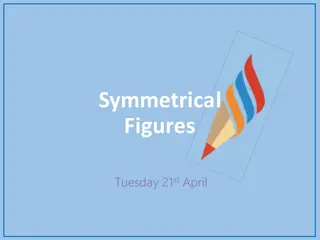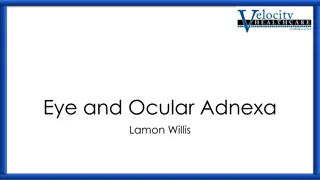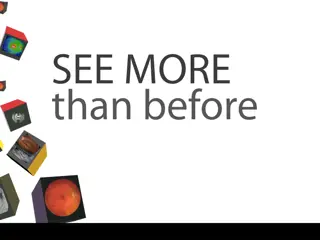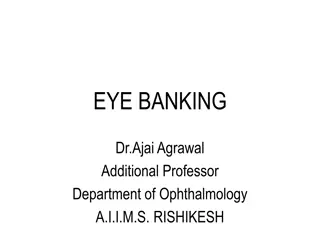Impact of Symmetry and Eye Color on Perceived Attractiveness in Female College Students
This research explores the effects of facial symmetry and eye color on perceived attractiveness and mate quality in female college students. The study investigates whether symmetrical faces and certain eye colors enhance attractiveness and mate selection. Factors such as bilateral symmetry, fluctuating asymmetry, and positive associations with light-colored eyes are considered. The study involves hypotheses, participant selection, design, materials, and procedures to analyze the interactions between symmetry and eye color preference in participants.
Download Presentation

Please find below an Image/Link to download the presentation.
The content on the website is provided AS IS for your information and personal use only. It may not be sold, licensed, or shared on other websites without obtaining consent from the author. Download presentation by click this link. If you encounter any issues during the download, it is possible that the publisher has removed the file from their server.
E N D
Presentation Transcript
EFFECT OF SYMMETRY AND EYE COLOR ON PERCEIVED ATTRACTIVENESS AND MATE QUALITY IN FEMALE COLLEGE STUDENTS By: Krystal Peplinski Minnesota State University Moorhead
QUESTIONS Does symmetry in faces make people more attractive? What about certain eye colors? What happens if we mix these two and create an experiment where we manipulate both eye color and facial symmetry? Would the person be more attractive? What about with relation to the participants eye color?
BACKGROUND Bilateral symmetry & fluctuating asymmetry (Farrera, Villanueva, Quinto- Sanchez, and Gonzalez-Jose, 2015) Symmetry is a sign of good health and good genes (Zaidel, Aarde, & Baig, 2005) Positive affect towards light colored eyes (Jones and Moyel, 1971) Indicator of child s heredity Men pick women guarantee of fatherhood
INTRODUCTION Increasing facial symmetry increases attractiveness (Perrett et al., 1999) Environmental stressors (Farrera et al., 2015) Eye color can be related to certain characteristics Blue-eyed men had a stronger attraction for blue eyed women (Laeng et al., 2007)
HYPOTHESES Perceived attractiveness & mate quality ratings Follow-up Chi- square hypothesis Eye color ratings
PARTICIPANTS Lower level female psychology students Sign-up sheet across from Psychology office 40 participants 20-minute session Randomized and counterbalanced Extra credit and debriefing Ethical principles
DESIGN 2 x 2 Within-Subjects Factorial 2 IVs DV 7-point Likert Scale Chi-square Independence study
MATERIALS Perceived Mate Quality Questions Thompson & O Sullivan Likert Scales Chicago Face Database Photoshop Randomize and Counterbalance
PROCEDURE Tested individually Informed consent Demographics Rate in context of dating 8 target faces Debriefing and participant extra credit blue card
1 1ST participant 1,2,3,4,5,6,7,8 2nd participant 2,4,6,8,1,3,5,7 5 3 PROCEDURE (EXAMPLES) Bl A Br A Br S 7 Bl A Br S 8 Bl S 6 Bl S 2 4 Bl S Bl A Bl A Br S Br S Br A Bl S Br A Br A
RESULTS Symmetric Bl S Br S Asymmetric Bl A Br A 2x2 Within-Subjects factorial design 2 IVs DV 7-point Likert Scales Descriptive stats 2x2 Within-Subjects ANOVA Chi-Square test for independence Blue Brown Target Participant Eye Color Blue Brown Blue Brown Other
WHAT I HOPE TO FIND Significance in eye color and facial symmetry A certain color with symmetry will be rated higher than the asymmetric face Eye color related to participants eye color Example: Blue-eyed participants = higher ratings for blue-eyed target faces
